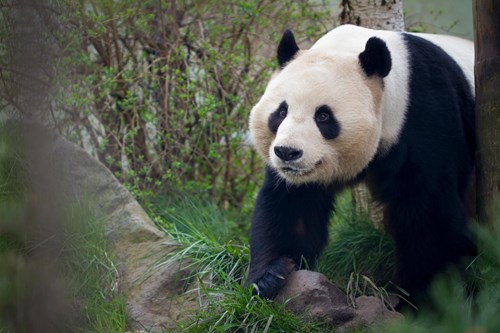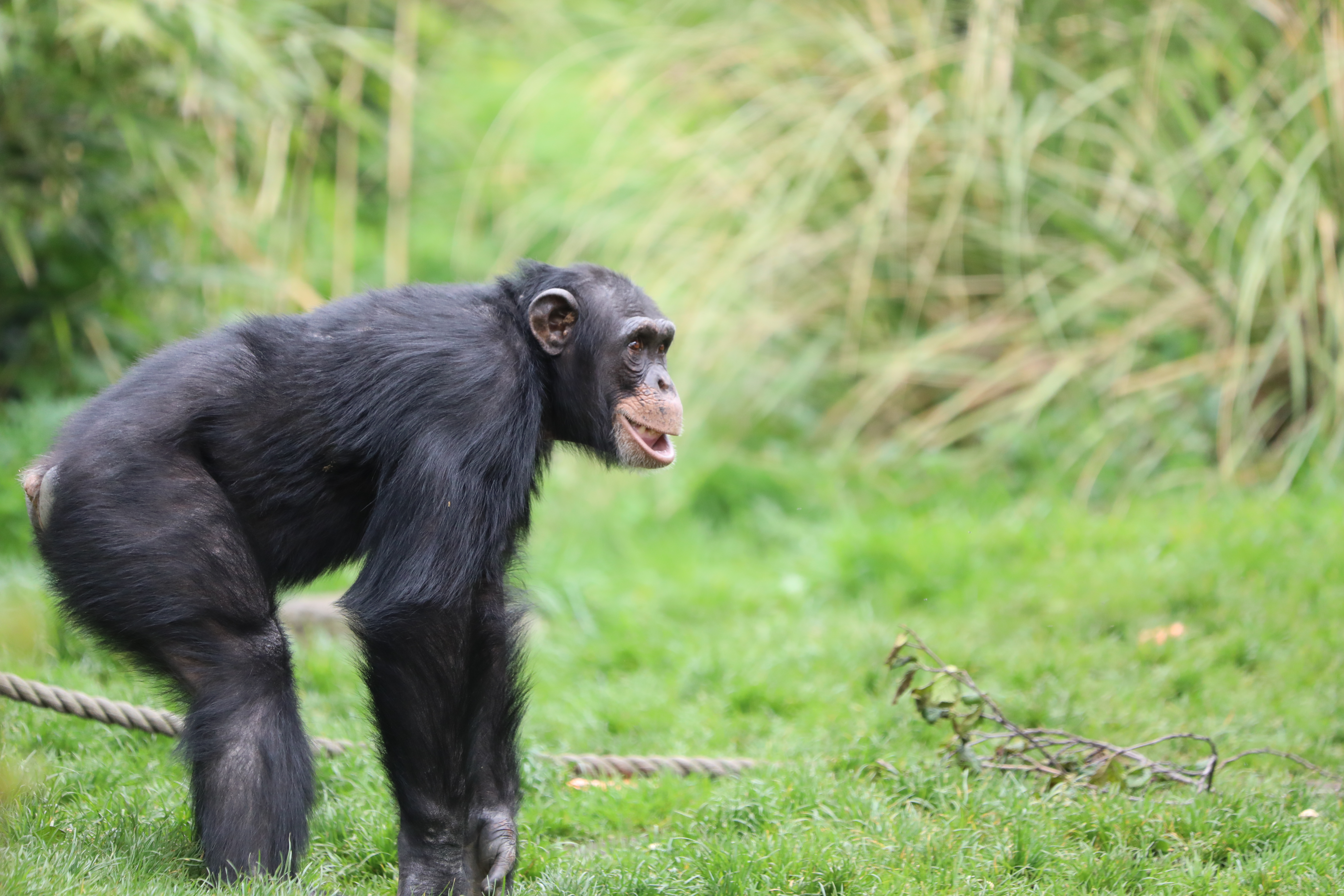The giant panda ‘bridge’
12/04/2017 in RZSS

As this year’s panda breeding season begins, now feels like an appropriate time to update you about our work both here at RZSS Edinburgh Zoo and further afield.
I have often said that RZSS’s panda programme acts as a bridge, bringing together experts from UK universities, NGOs and public bodies with field conservationists and practitioners out in China. The recent reclassification of the giant panda from endangered to vulnerable is the perfect illustration of this approach in action – by sharing our collective expertise we can achieve far more for conservation out in the wild.
There is still much to do and threats to the species – most notably from climate change and disease – are significant. In 2013 we formed the Edinburgh Consortium for Giant Panda Landscape Restoration, alongside our partners Forest Research, the Royal Botanic Garden Edinburgh (RBGE) and the University of Edinburgh.
As the name suggests, this group has a mutual interest in taking forward ground-breaking research into giant panda habitat, and applying these findings in the wild. Recently, our work has centred on the habitat pandas currently occupy and whether that habitat is ‘sub-optimal’ – in other words, has the giant panda always lived in the remote, mountainous bamboo forests of western China, or has land use change over time affected that distribution?
This question is fundamental to our long-term approach to panda conservation, and four Masters projects from Edinburgh and Napier Universities have been looking into the impact of climate and habitat change on giant pandas over the past two to three hundred years. This research, together with Dr Linda Neaves’ work on panda diet at RBGE, suggests that mountainous regions may well not be biologically optimal for the species, and that what we think of as a typical panda diet (i.e. bamboo) might not be the only preferred foodstuff of the species after all.
Over the next few months we will be bringing together experts from the UK and China to scope out a five-year research project into giant panda habitat, with the aim of shaping our collective conservation approach in the field. With fewer than 2,000 pandas scattered across three provinces in western China, this work will be crucial to ensure the forward momentum of panda conservation is maintained.
Continuing on the partnership theme, last month we were joined by experts from China, Germany and America as part of our panda breeding programme here at RZSS Edinburgh Zoo. We began hormone monitoring in December last year and as of 17/18 March Tian Tian hit peak oestrus, the earliest this has happened over the past six years and fully a month and a half earlier than last year.
As in previous years, behavioural observations made by our Chinese partners suggested that natural mating was not going to be possible, so artificial insemination was carried out using Yang Guang’s sperm later on that weekend. Panda breeding is a delicate and exacting science with little room for manoeuvre, and we were grateful for the extensive knowledge and expertise of a large international team, working closely with our own experienced in-house team and that from Edinburgh University to provide us with the best chance of success.
Tian Tian was given access outdoors a day after the AI procedure and both pandas are doing well, with Tian Tian splitting her time between her new nesting box and the wider enclosure over the past few weeks. The giant panda enclosure is also now open to visitors. Whilst it is too early to say anything specific about breeding success – and we will be careful in only updating you when we have concrete news – we continue to believe that it is important biologically for Tian Tian, a female in her prime, to breed and reproduce and add to a vital ex situ population outside of China. I look forward to updating you all later on in the year.
Iain Valentine
RZSS Director of Giant Pandas



























Follow EZ